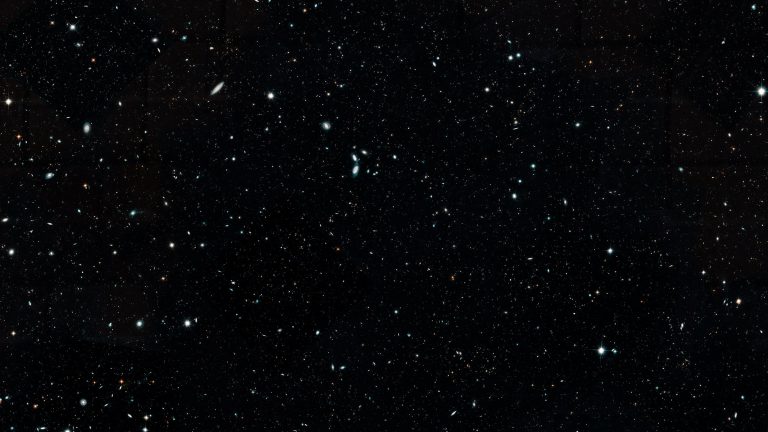A supermassive black hole in the center of our Galaxy usually behaves relatively calmly , however, recently astronomers detected a very bright flash produced by it (the brightness jumped about 75 times ,and then returned to its normal level). What is the reason , scientists do not yet know.
Here’s a timelapse of images over 2.5 hr from May from @keckobservatory of the supermassive black hole Sgr A*. The black hole is always variable, but this was the brightest we’ve seen in the infrared so far. It was probably even brighter before we started observing that night!
The supermassive black hole Sagittarius A * located in the center of the Milky Way is usually relatively calm, however, recently, in May, scientists, using the Kek Observatory in Hawaii, recorded unusual activity – the brightness in the near infrared increased significantly (approximately 75 times), and then returned to the previous level. What is the reason for such a strong increase in brightness? Now scientists do not have an exact answer.
Black holes themselves do not produce radiation that could be detected, but their environment emits because of the enormous friction generated by black holes by gravitational holes: this radiation is recorded by astronomers.
When the environment of a black hole greatly increases brightness, this may indicate that something came close enough to the hole and was captured by its gravity. What would this be in the case of the recently recorded outbreak of Sagittarius A * is not clear; at the same time, Sagittarius A * had the greatest brightness at the very beginning of observations, so it is possible that before that it was even brighter.
One of the possible explanations for such a strong jump in the brightness of the environment of Sagittarius A * is associated with object G2, which in 2014 approached a black hole 36 light-years away; it was supposed to be a gas cloud – but if that were so, the proximity to the black hole would have to break it and its parts would be absorbed by Sagittarius A *, but this did not happen. Perhaps the recorded outbreak is a kind of “belated reaction” of a black hole.

Do et al., ArXiv, 2019
Another explanation is related to the star S0−2 – located in a 16-year-old elliptical orbit around Sagittarius A *; last year, she made the closest approach to a black hole – at a distance of 17 light years. According to scientists, due to the close passage of S0−2 near Sagittarius A *, the way the gas enters the black hole could change; this may have led to more gas flowing and Sagittarius A * becoming more volatile.
Scientists hope to better understand what is still connected with a strong jump in the brightness of Sagittarius A *. The data from various telescopes that have observed the galactic center over the past few months can help with this.

